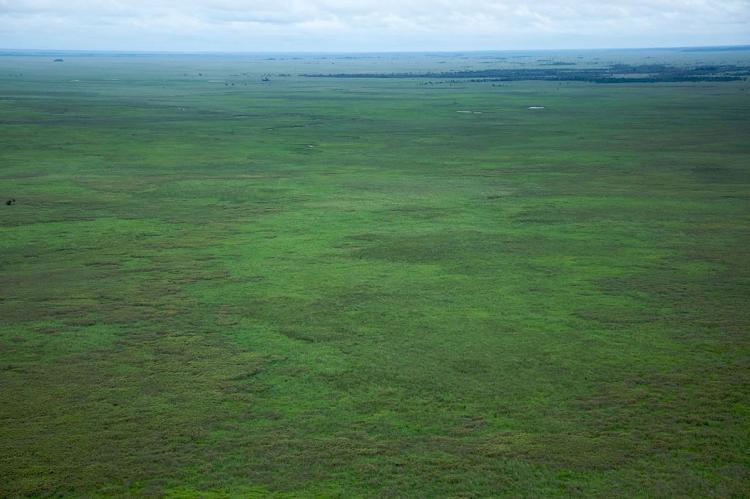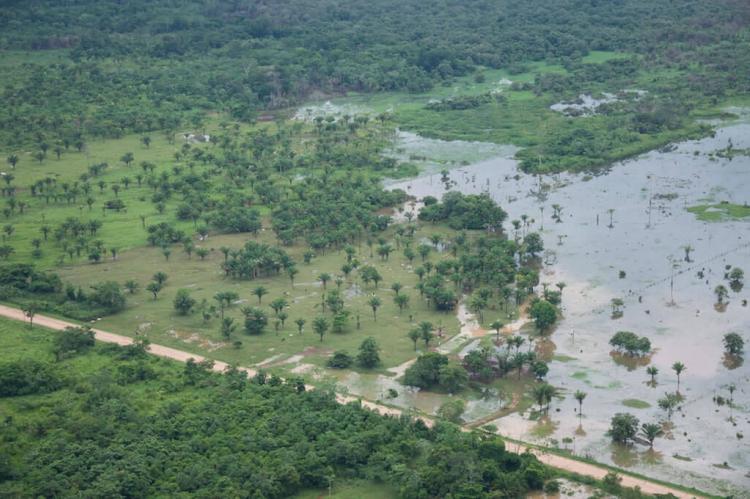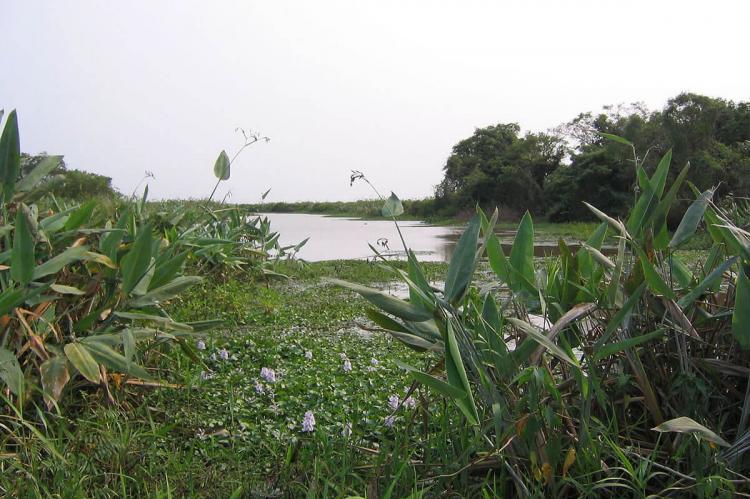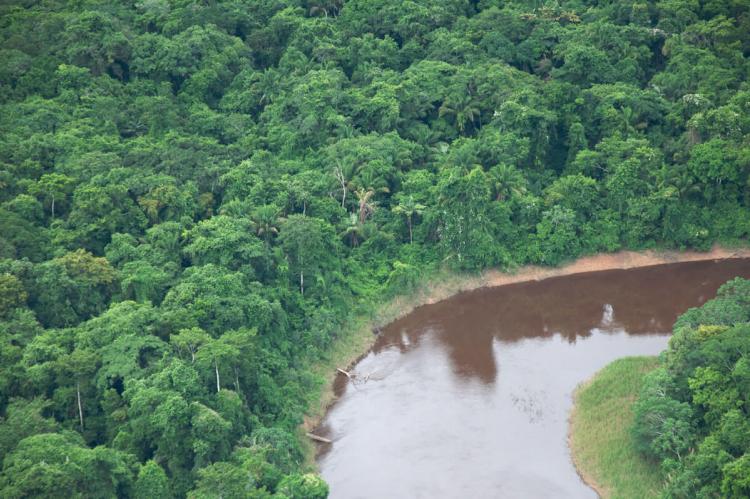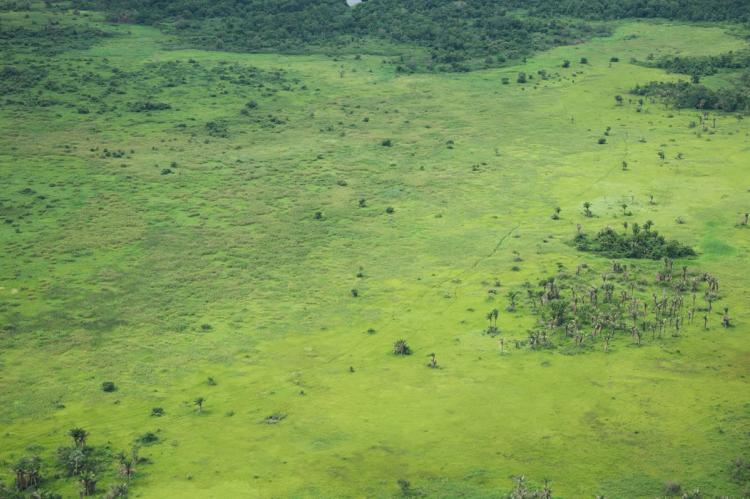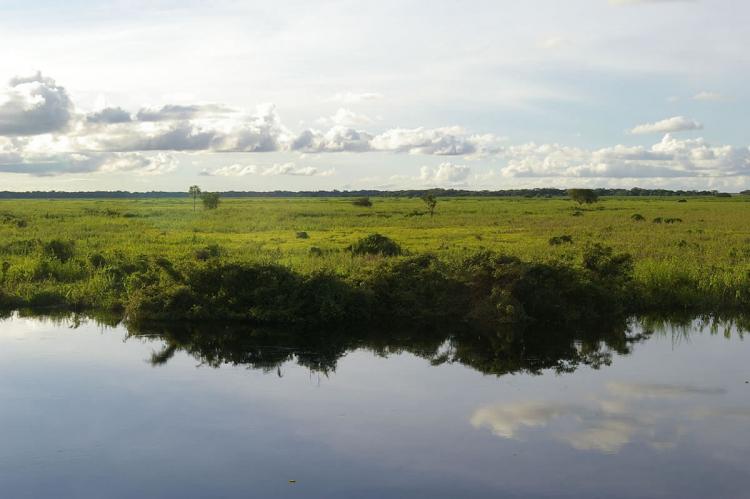Beni Biosphere Reserve: A Confluence of Nature and Culture
The Beni Biosphere Reserve is in the Department of Beni in northeastern Bolivia. It combines the Amazon, the Chaco, and the Cerrado biogeographical zones. It comprises savanna and rainforest, serving as a habitat for diverse plant and animal species and boasting a rich cultural heritage.
Preserving the Biodiversity and Heritage of Beni Biosphere Reserve
Located in the Department of Beni in northeastern Bolivia, the Beni Biosphere Reserve is a remarkable convergence of three distinct biogeographical zones: the Amazon, the Chaco, and the Cerrado. It covers approximately 135,000 hectares (333,600 acres) of savanna and rainforest and is one of Bolivia's earliest and most significant protected areas. The reserve is a sanctuary of extraordinary biodiversity, rich cultural heritage, and sustainable living practices, offering a glimpse into the delicate balance between human activities and nature conservation.
Geographic and Climatic Overview
Location and Biogeographical Significance
The Beni Department is situated in the southern reaches of the Amazon Basin, bordering Brazil to the northeast. The region is predominantly covered by rainforest, contributing to its status as one of the wettest areas in Bolivia. The annual rainfall varies significantly, ranging from 1,000 to 4,000 millimeters (39 to 157 inches), fostering a hot and humid climate for most of the year. This abundance of moisture supports a rich array of ecosystems and wildlife, making the Beni Biosphere Reserve a vital area for biodiversity conservation.
Ecosystems and Habitats
A rich tapestry of diverse forest formations and ecosystems characterizes the Beni Biosphere Reserve. Gallery forests are dense woodlands along riverbanks that play a crucial role in protecting waterways and providing habitats for various species. The reserve also features unique patches of forest islands of deciduous trees, which stand out in the savanna landscape and harbor distinct plant and animal communities.
Dense lowland forests, rich in biodiversity, are home to numerous species of flora and fauna. Open middle-height forests featuring tajibo (Tabebuia sp.) and tuzeque (Machaerium sp.) are well adapted to the region's climatic conditions. Additionally, the Beni Savanna or Llanos de Moxos, characterized by seasonally flooded savannas, supports a variety of wildlife and plant species, creating a dynamic and ever-changing environment.
Biodiversity
Flora and Fauna
The Beni Biosphere Reserve is a hotspot of biodiversity. It hosts over 100 mammal species, 500 bird species, and 2,000 vascular plant species, some of which are endangered. The rich diversity of life forms includes:
- Mammals: Species such as jaguars, pumas, and various primates roam the reserve, making it an important area for mammal conservation.
- Birds: The reserve's birdlife is exceptionally varied, with species ranging from the harpy eagle to colorful parrots and toucans.
- Plants: The flora includes numerous tree species, medicinal plants, and unique vegetation adapted to the wet and humid conditions of the region.
Conservation Efforts
Designated as a Biosphere Reserve, Beni aims to promote conservation while balancing the needs of the local population. The primary goals include protecting endangered species, promoting the sustainable use of natural resources, and preserving traditional techniques and knowledge. The reserve's status helps safeguard its rich biodiversity and supports efforts to maintain the ecological integrity of its various habitats.
Human Inhabitants and Cultural Heritage
Indigenous Communities
The Beni Biosphere Reserve is home to approximately 215,000 inhabitants, including the Chimane ethnolinguistic group. The Chimane people, residing in the southeastern part of the Beni Department, engage in sustainable practices such as hunting, fishing, plant collection, and traditional agriculture. Their way of life exemplifies a deep understanding and respect for the natural environment, contributing to the sustainable management of the reserve's resources.
Economic Activities
The local population is primarily involved in extensive cattle raising, which, along with increasing timber extraction activities, poses challenges to natural forest ecosystems. Balancing economic development with conservation is crucial to ensure the reserve's long-term sustainability. Efforts are ongoing to promote sustainable practices and reduce the impact of these activities on the environment.
Goals and Future Directions
Conservation and Sustainable Development
The main objectives of the Beni Biosphere Reserve are multifaceted:
- Protecting Endangered Species: Conservation programs focus on safeguarding the diverse wildlife and plant species that inhabit the reserve.
- Sustainable Resource Use: Promoting sustainable practices in agriculture, forestry, and other economic activities to ensure the long-term health of the ecosystems.
- Cultural Preservation: Protecting the traditional knowledge and techniques of indigenous communities and recognizing their critical role in conservation efforts.
Challenges and Opportunities
The Beni Biosphere Reserve faces several challenges, including deforestation, habitat fragmentation, and the impacts of climate change. However, it also presents opportunities for innovative conservation strategies, ecotourism, and community-based sustainable development initiatives. Strengthening partnerships between local communities, government agencies, and international organizations is essential to address these challenges and harness the opportunities to benefit both people and nature.
Conclusion
The Beni Biosphere Reserve is a testament to the intricate relationship between nature and human culture. Its rich biodiversity, diverse ecosystems, and vibrant indigenous communities make it a vital area for conservation and sustainable development. By protecting this unique region, Bolivia preserves its natural heritage and promotes harmony between people and the environment. The continued efforts to balance conservation with economic activities will ensure that the Beni Biosphere Reserve remains a jewel of biodiversity and cultural heritage for generations.
